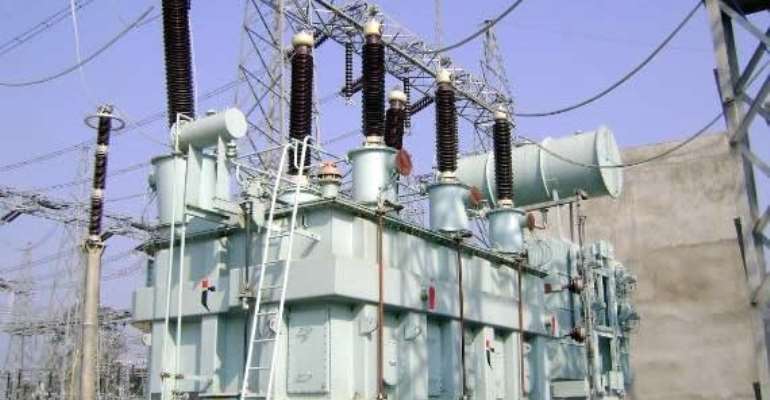Electricity generation drops to zero six times in one month

The nation's power generation plunged to zero megawatt six times last month, the highest level since 2009, industry data obtained by our correspondent on Friday showed.
Electricity supply to households and businesses across the country dropped significantly in May as the national grid recorded six total collapses and one partial collapse within the period.
The national grid completely collapsed 11 times in the first five months of the year, as compared to six and nine times for the whole of 2015 and 2014, respectively.
The latest total system collapse was recorded on Wednesday, June 1, according to the data.
As of 6am on Friday, eleven power plants, including the Shiroro Power Station in Niger State, were not generating any megawatts of electricity.
Others were Afam IV & V, Geregu I, Omotosho I, AES, ASCO, Trans-Amadi, Rivers IPP, Gbarain, Olorunsogo I and II.
The total national power generation stood at 2,604.5MW as of 6am on Friday, down from a peak of 5,074.7MW on February 2, according to the Ministry of Power.
The slide in power generation has worsened the blackout being experienced in many parts of the country, with several consumers without electricity for hours in recent weeks.
Generation from Egbin, the nation's biggest power station, stood at 181MW, down from 1,085MW on March 15.
Shiroro Power Station in Niger State, Olorunsogo II in Ogun State, and Rivers and Trans-Amadi IPPs, both in Rivers State, were idle.
Increasing gas constraints largely occasioned by recent attacks on pipelines in the Niger Delta had left about 4,400MW of the nation's power generation capacity idle as of Friday.
Other factors limiting electricity generation are line constraints/load rejection by the distribution companies and water management/maintenance, according to industry data.
Gas constraints prevented 3,661.1MW from being generated, while 355.6MW and 380MW could not be generated due to line constraints/load rejection by Discos and water management/maintenance, respectively.
The nation generates most of its electricity from gas-fired power plants, while output from hydro-power plants makes up about 30 per cent of total generation.
As of April 5, the unutilised generation capacity was 3,626.1MW, with 3,100.5MW due to gas constraints; 245.6MW caused by line constraints/rejection by Discos and 280MW as a result of water management/maintenance.
The Chairman, Network of Electricity Consumers Advocacy of Nigeria, Mr. Tomi Akingbogun, complained that many consumers were being giving over-estimated bills despite the worsening state of power supply.
'We hear that most of the problems arise from the transmission lines because many of them are weak,' he said, adding that the distribution companies had failed to provide prepaid meters to the consumers to ensure that they billed the people only for what they consumed.
Akinbogun said, 'They (power firms) are not concerned about the total system collapse because they are making money whether they supply electricity or not. So, why will they be interested in making sure that we have electricity?'
The Minister of Power, Works and Housing, Mr. Babatunde Fashola, at a recent public lecture, said, 'In our road map to incremental power, we are looking at what we have and what we can get out of them.
'We have 26 power plants (including the AES plant), three of the plants are powered by water, the hydro power plants in Jebba, Kainji and Shiroro. The remainders are powered by gas.'
He put the total number of turbines, which should actually generate power from 25 power plants (excluding AES), at 140 turbines with installed capacity of 12,341MW.
'At the best of times, only about 78 turbines are generating power, which gave us our peak of 5,074 MW.
'The problems have been identified as either damaged, unmaintained or unserviced turbines in the hydro power plants; and in the cases of gas plants, it is largely non-availability of gas, coupled with lack of maintenance,' Fashola said. - Punch.
